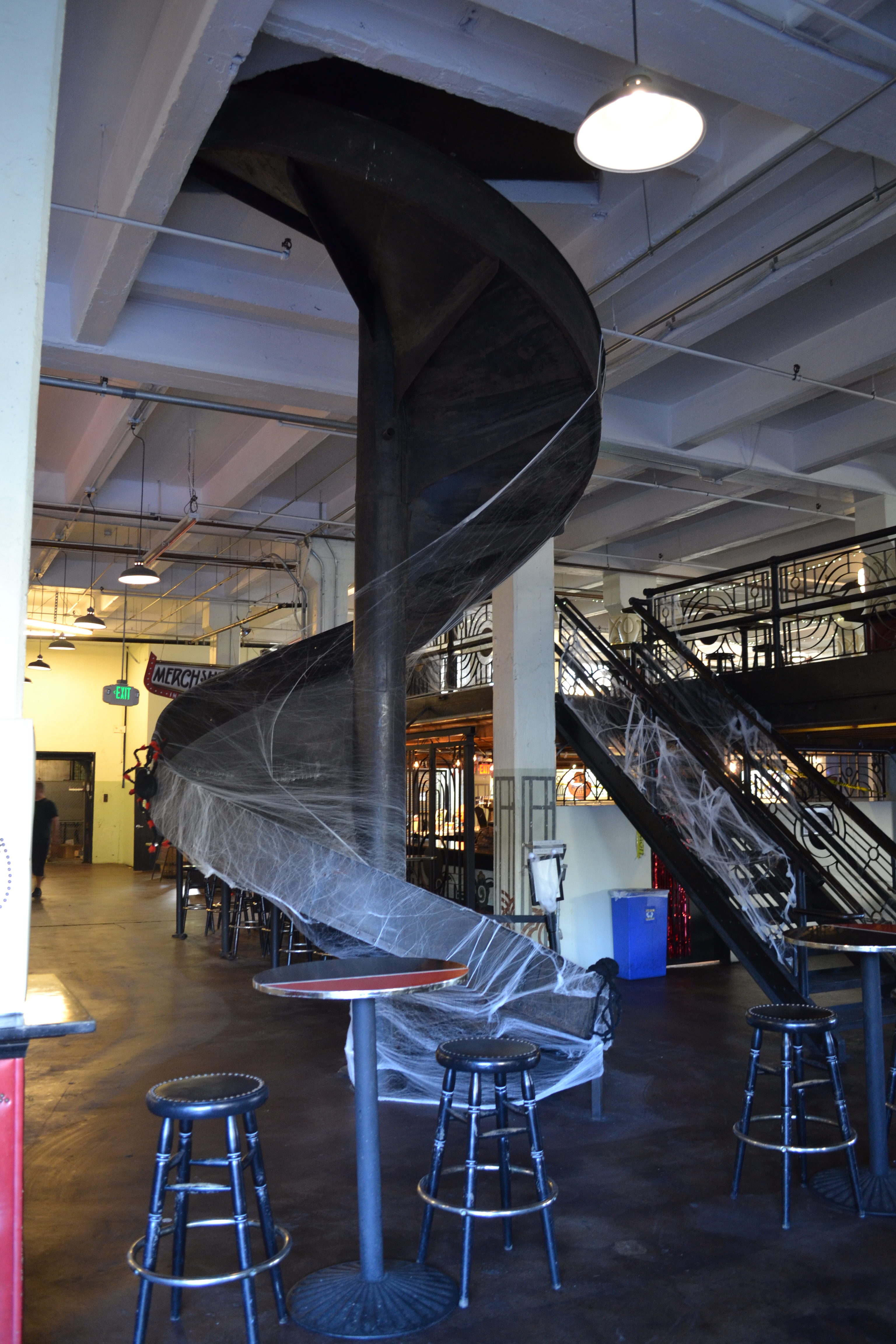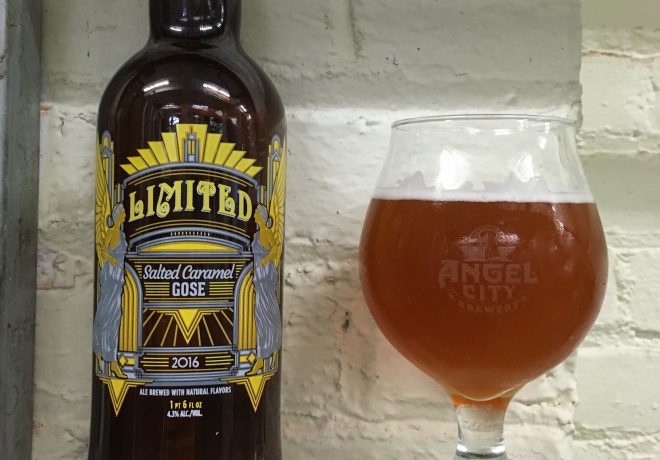(Note: The following is the first in a new series we’re calling, “WTF is That?” in which we highlight some of the old, intriguing, and often strange features of our Brewery.)
If there’s one question we at the brewery get asked more than any other, it’s this: “Where’s the bathroom?” But if there’s another, it’s “What’s that slide for?”

Lots of people assume it’s a fireman’s slide. If that were the case, this would be one big-ass fire station, and we would probably have a lot more sweet firefighting gear. Some people think that we installed it, which is amusing considering the amount of signs around it declaring “Please do not slide down the slide” (which we did install). We even had one person ask if this building used to be a playground.
…
It did not.
The real reason is a bit more industrial. If you head out to the Traction side street of our building, you’ll see the faded letters of a sign that once read “John A Roeblings Sons Co.” That company was the builder and first occupants of the building in which we now reside, and is the reason that giant slide is here in the first place.
John A Roebling was a 19th century industrialist who came from Prussia to New Jersey to fulfill his dreams of creating a “technological utopia.” If what he meant by that was making a whole bunch of wire rope, he certainly achieved that. His rope business grew so much that eventually he got the bid to design the Brooklyn Bridge in 1867. While working on that project, he suffered an accident that got his toes amputated, and the best method of treatment he had was to pour water over his foot in hopes that it would clear up the wound (don’t do this). He died weeks later, probably from an infection brought on by 19th century municipal water.
His sons, however, kept the business thriving, and by 1905 they had established locations all across the country, including Los Angeles. That old location is just up the street from us, where the Geffen Contemporary Museum is now. Eight years later they moved to our current location, and with its construction came that shiny, rusty, slide.

So what purpose did it serve? Well, if you look closely, you’ll see that it doesn’t end at the ceiling. In fact, it goes all the way through to the third floor. The primary purpose was to carry the rope that they made down from the top floor to ground level. Now imagine, this rope isn’t exactly light. The spools they were carrying were monstrous – weighing upwards of 800 pounds each.
Another popular question we get – “Can I ride down the slide?” The short answer? No. The long answer? Noooooooooo. Since it was made for cables and not humans, the slide is actually much steeper than your average jungle gym setup. Meaning that when you go down, you’ll contract tetanus at a much faster rate than under normal circumstances.
Now imagine for a moment that you’re the guy whose job it is to catch an 800-pound spool of metal falling down a steep incline for nearly 100 feet, and OSHA is not even a glimmer in Richard Nixon’s eye yet. How do you make sure you don’t face the wrath of the wire rope? Easy! With just a bit of cutting-edge 1913 technology – a walkie-talkie!

Sure, the above photo may not seem high-tech, but our bad boy comes equipped with its very own definitely-not-mobile phone, standard. The idea was when a spool was coming down from the third floor, the sender would yell into a cone up top, and the guy at the bottom would hear it from this cone, just like a much more industrial tin can telephone. He would presumably then set it up for shipment, and roll it out of one of these garage doors onto a readied railcar and out into market.

So there you have it, the true story behind what makes our slide so compelling. If you want to learn more about our building, make sure to take one of our tours next time you come down to the brewery! Next up, we’ll be telling the story of what happens in our Laboratory (hint: science stuff). Stay tuned!






